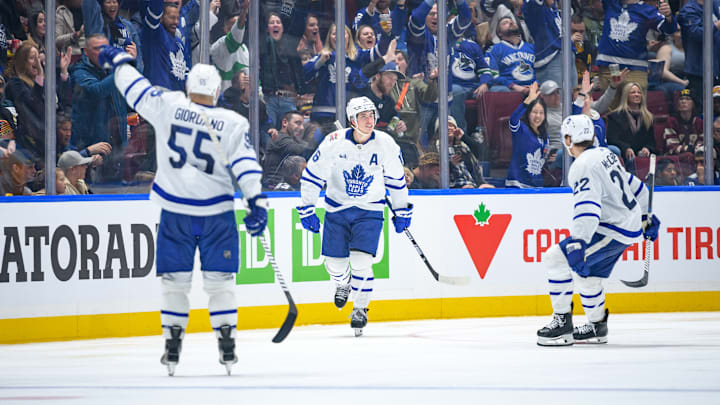The Toronto Maple Leafs find themselves in a precarious position as the NHL Trade Deadline approaches, and while conventional wisdom suggests they should adopt a seller's mentality, the likelihood of such a strategy seems dim.
The Toronto Maple Leafs appear poised to persist with their current roster, attempting to secure a Stanley Cup despite glaring issues in their defensive core and goaltending situation.
Unfortunately, this stubborn approach may result in a quick exit from the playoffs, casting a shadow over Brad Treliving's inaugural season as the general manager.
The decision to replace Kyle Dubas as the Leafs GM, despite assembling one of the most formidable rosters in recent history, has proven to be a fateful one. Rather than continuing the trend of appointing astute and youthful executives, the Leafs opted for Treliving, whose track record includes constructing merely average rosters that underperformed, evident as recently as last season.
4 Players the Toronto Maple Leafs Should Trade As Soon As Possible
While Dubas may not have steered the Leafs beyond the Second Round, he consistently provided the team with a competitive edge.
His adept signings for the bottom-six positions were nothing short of spectacular, and there were indications that he was prepared to overhaul the roster in the upcoming summer, given the opportunity. Regrettably, the current regime has opted to maintain the status quo, leaving fans with a sense of stagnation.
In light of these challenges, a decisive move is imperative for the Leafs. Whether it involves a substantial upgrade to the existing roster or a complete overhaul, the urgency to make strategic trades is evident. The team cannot afford to squander another season of brilliance from Auston Matthews, who is undoubtedly in the prime of his Hall of Fame-worthy career.
With this in mind, here are four players the Leafs should consider trading to catalyze the necessary changes.
